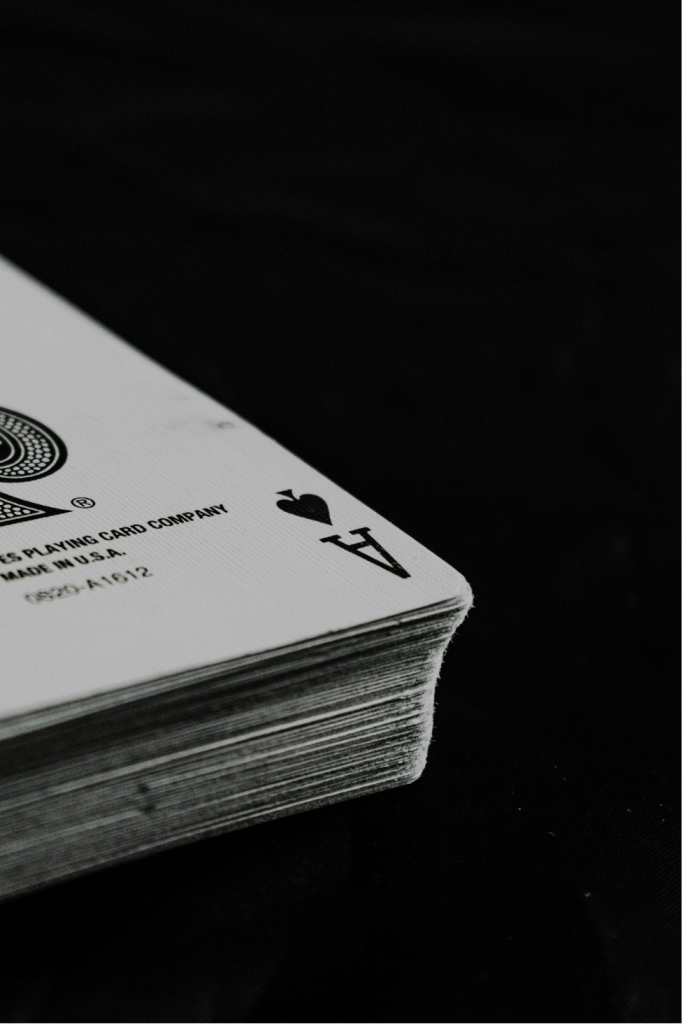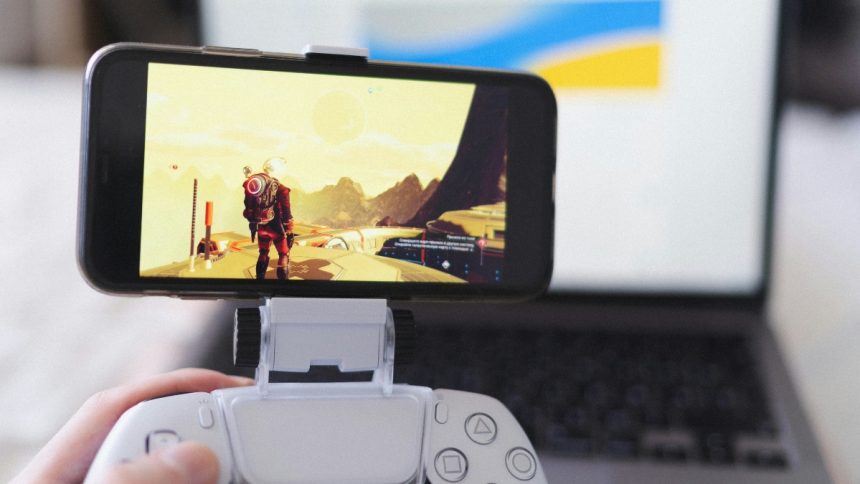PREFACE: A lion’s mane is deeply symbolic of strength and standing in nature. It’s the clearest visual symbol of rank, dominance, and hierarchy. An impressive mane conveys a powerful message to aspirant male lions that a fearless warrior is in their presence. It is a red light to anyone who dares to throw down the gauntlet. Any other lion who dares to challenge the dominant male must be prepared to kneel before him. Of course, that’s what happens on the African Savanah – not on the felt at an SNG, MTT, cash game, ring game, or satellite qualifier.

Despite this seemingly odd analogy, there is plenty of merit in such comparisons. A stack size is like a lion’s mane – it signifies dominance through strength, good fortune, and playing ability. This is particularly true of players who consistently build up their stacks to an impressive size. In games like NLH (No-Limit Hold’em), the size of your chip stack relative to that of your opponents is sacrosanct. For a deeper dive into how stack psychology shapes table dynamics, check out the strategic insights in Zynga poker guides. These resources explore how visual cues, such as chip quantity and behavior, signal confidence, fear, or control—often long before cards are shown.
Case Study: Your Opponent has $25 and the Big Blind (BB) is $2
Think of it this way – if you’re trying to outmuscle the big boys (or girls) at the table, how on earth are you going to accomplish that if you don’t have the firepower to go toe to toe with them with an all-in shove, call, raise, or re-raise? Now, let’s get down to the nitty-gritty on the psychology behind stack sizes and colors. Truthfully, your chip stack size is significant in determining how you play your hands. Let’s assume that you’re playing $1/$2 NLH, with $250 on the table. If you’re playing against a single opponent with $25 left to bet, then the effective chip stack size is just $25. That’s the maximum that can be won from you, or off you for him. Savvy?
In other words, the most that he can win OR that you can lose is $25. When you’re playing a sharp opponent, always consider the cards you have been dealt – the pocket cards – relative to the BB (big blind), and your chip stack. Naturally, you will have to consider the flop, turn, and river. If you’re dealt a pair of queens, and the big blind is $2, you would typically raise three times that amount in a $1/$2 game. That means you’re putting $6 down on the table. If you’re called and the blinds follow, the flop may include a 6, a 10, and a Jack. Naturally, you think a pair of royal ladies is a solid play, so you increase your bet to $8, and your opponent calls with $6.
Now, there is only $19 remaining for your opponent (he started on $25). He won’t call; he will probably go all in. That’s the only way to get you to fold. If you bet on the flop, your opponent has $11 left, and if he calls, he’s got to go all in. Therefore, your opponent is likely to raise and go all-in right now, rather than calling incrementally. When you go big all at once, you sow the seeds of doubt in your opponent. If you whittle down your stack with incremental calls and raises, you have no more psychological or chip stack power to force a result. That’s one way to look at it. This is a multifaceted topic and one which game psychology experts pour over in tremendous detail.
Should You Go All-In Regardless of the Risk-Reward Ratio?
Going all-in can mean many things in poker games. Some players try to intimidate their competition by shoving all their chips into the middle (into the pot) in an attempt to outmuscle their opponents. Psychologically, this action gives pause to other players. It creates the impression that the person shoving all the chips into the middle has a fantastic hand and is willing to put their proverbial money where their mouth is. It’s a sign of strength and supreme confidence. If you’re facing an opponent who goes all in, you’re right to think twice about going all in yourself. What if they’re holding a premium starting hand and the flop, turn, and river complete a majestic poker hand? You could lose it all, or not.
You see, going all-in can mean a lot of things to amateurs and professionals. Some poker players are bullies, others are chancers, and others yet are looking to confuse their opponents. You don’t have to be holding the nuts to go all in – that’s a fallacy. We all know that poker is a game of good fortune, skills, and abilities. Often, you’ve got to throw caution to the wind and test your opponent’s mettle. In other words, you’ve got to see how far you can test other players because ultimately, it’s about your bankroll and your convictions.
But it’s important to be cautious whenever you think of going all in because even a pair of pocket rockets, aces, is only a pair and a straight, flush, or three of a kind – even twos –always beats a pair of aces. As a rule, you don’t want to go all in when you’re holding a pair and nothing else. When the community cards are dealt and you’re heading towards the river, you’ve got a pretty good feeling of where your hand is headed. More often than not, it’s an emotional decision to go all in, and it often proves costly if your opponent meets your action.
Does the Color of Your Stack Mean Anything?
Some poker players say yes, others say no. The answer is nuanced. When you are competing in poker tournaments, you often don’t have a say over the color of your chip stack. It is what it is. If you can choose, you may want to choose a color that makes you more conspicuous or less conspicuous, depending on your game plan. If your strategy is to be seen and to be feared, you may wish to choose orange or red. If you’re looking to blend in, you may choose yellow or blue.
Again, colors are perceived differently by players and may or may not impact the outcomes of games. A player with a big stack size of red chips is noticeably more visible than a player with a similar stack size of yellow chips or green chips. Specific colors evoke certain responses within us, and it’s worth assessing the psychological impact of being high-profile or low-profile at the tables. Food for thought nonetheless!
Lynn Martelli is an editor at Readability. She received her MFA in Creative Writing from Antioch University and has worked as an editor for over 10 years. Lynn has edited a wide variety of books, including fiction, non-fiction, memoirs, and more. In her free time, Lynn enjoys reading, writing, and spending time with her family and friends.















